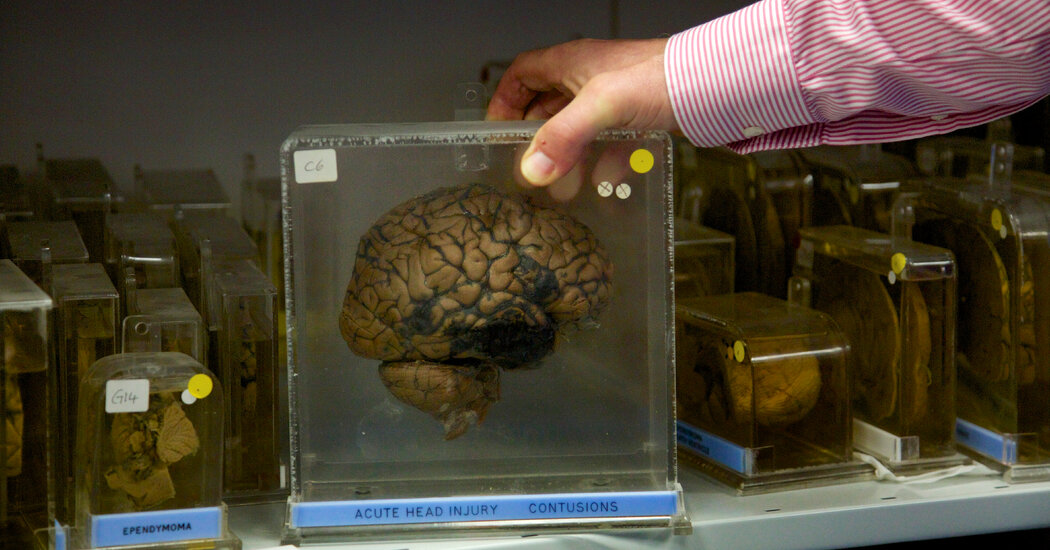
Unlike a piano or organ, early synthesizers, like the Moog and ARP, could generate only one note at a time. Shaping a particular tone involved setting multiple knobs, switches or dials, and trying to reproduce that tone afterward meant writing down all the settings and hoping to get similar results the next time.
The Prophet-5, which Mr. Smith designed with John Bowen and introduced in 1978, conquered both shortcomings. Controlling synthesizer functions with microprocessors, it could play five notes at once, allowing harmonies. (The company also made a 10-note Prophet-10.) The Prophet also used microprocessors to store settings in memory, providing dependable yet personalized sounds, and it was portable enough to be used onstage.
Mr. Smith’s small company was swamped with orders; at times, the Prophet-5 had a two-year backlog.
But Mr. Smith’s innovations went much further. “Once you have a microprocessor in an instrument, you realize how easy it is to communicate digitally to another instrument with a microprocessor,” Mr. Smith explained in 2014. Other keyboard manufacturers started to incorporate microprocessors, but each company used a different, incompatible interface, a situation Mr. Smith said he considered “kind of dumb.”
In 1981, Mr. Smith and Chet Wood, a Sequential Circuits engineer, presented a paper at the Audio Engineering Society convention to propose “The ‘USI’, or Universal Synthesizer Interface.” The point, he recalled in a 2014 interview with Waveshaper Media, was “Here’s an interface. It doesn’t have to be this, but we all really need to get together and do something.” Otherwise, he said, “This market’s going nowhere.”
Four Japanese companies — Roland, Korg, Yamaha, and Kawai — were willing to cooperate with Sequential Circuits on a shared standard, and Mr. Smith and Mr. Kakehashi of Roland worked out the details of what would become MIDI. “If we had done MIDI the usual way, getting a standard made takes years and years and years,” Mr. Smith told the Red Bull Music Academy. “You have committees and documents and da-da-da. We bypassed all of that by just basically doing it and then throwing it out there.”




